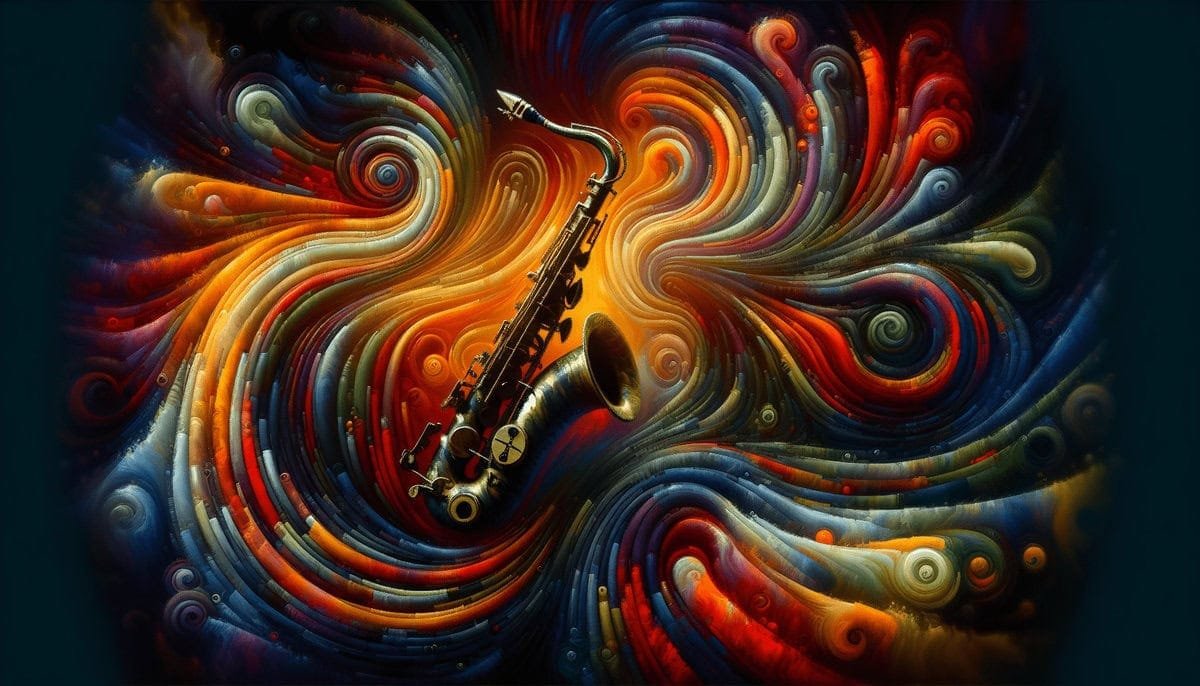Have you ever considered how a band can create a new musical landscape that reshapes an entire genre? That’s exactly what Weather Report did for jazz fusion. In exploring the world of this groundbreaking group, you realize just how deep and transformative their impact has been.
The Origins of Weather Report
Weather Report didn’t just come out of nowhere; the seeds were sown in a time when jazz was evolving rapidly. In the late 1960s and early 1970s, musicians were experimenting with blending jazz with rock, funk, and world music, seeking new expressive horizons. Amidst this burgeoning creativity, two masterminds, Joe Zawinul and Wayne Shorter, decided to collaborate, each bringing a wealth of experience and innovation.

Meeting of Giants: Zawinul and Shorter
Joe Zawinul and Wayne Shorter were not only virtuosos but innovative thinkers in the world of jazz. Zawinul, with his command over keyboards, was known for his work with Miles Davis and Cannonball Adderley, contributing to the electric era of jazz. Shorter, on the other hand, was a saxophonist extraordinaire, having played with Art Blakey and the Jazz Messengers before joining Davis’s Second Great Quintet. Their union was a fusion of talents and visions, setting the stage for something truly special.

Breaking Down the Sound of Jazz Fusion
So, what exactly defines jazz fusion, and where does Weather Report fit into this picture? Jazz fusion is characterized by the incorporation of elements from various musical genres, including rock, funk, and R&B, resulting in a sound that’s rhythmic, dynamic, and adventurous. Weather Report were pioneers in this field, expertly crafting melodies that drew listeners into an intricate web of sound.
Defining Characteristics of Weather Report’s Sound
Weather Report eschewed traditional jazz forms and concepts, opting instead for textured layers, swirling synths, and complex rhythms. They used electric keyboards, innovative bass lines, and vibrant saxophone solos to create an auditory experience that was both sophisticated and accessible. This approach made their music not just a sound but a palpable experience.
Albums as Milestones
Weather Report’s discography became a roadmap for the evolution of jazz fusion. Albums like “Sweetnighter,” “Mysterious Traveller,” and “Heavy Weather” not only achieved commercial success but also pushed the boundaries of what was musically possible. Each album was a step in a collective journey, reflecting changes in line-up and influence, yet maintaining their creative core across decades.

The Line-Up: A Dynamic Ensemble
One of the defining features of Weather Report was its ever-changing roster of immensely talented musicians. Each member contributed to the vitality and diversity of their music, and Weather Report was as much about collaboration as it was about individual genius.
Notable Musicians in Weather Report
Over the years, several musicians left their mark on Weather Report’s legacy. Bassist Jaco Pastorius, with his virtuosic technique and charismatic presence, joined the band in 1976 and is often credited with redefining the role of bass in modern music. Percussionists like Peter Erskine and Alex Acuña added a global rhythm that enriched their music’s texture. This dynamic ensemble allowed Weather Report to continuously evolve and remain fresh and relevant.
Contributions Beyond Music
Weather Report’s influence extended well beyond their musical outputs. They inspired countless musicians across genres and generations, setting standards for innovation and creativity. Their fearless approach to fusion opened pathways for future explorations and collaborations in music.
Cultural Impact
Weather Report not only shaped the soundscape of their time but also mirrored the cultural shifts taking place worldwide. Their willingness to incorporate elements from various musical cultures spoke to the increasing globalization of music and art. They broke down barriers, showing that music could be both borderless and boundless.

Weather Report’s Legacy
As you delve deeper, it’s clear that Weather Report’s legacy is not just in their compositions but also in their ethos. They taught the music world the art of fusion—not just in the blending of genres but in the merging of ideas and the celebration of shared creativity.
Influence on Modern Jazz and Beyond
The way Weather Report integrated different musical forms paved the way for contemporary jazz musicians and bands, influencing artists like Pat Metheny, Herbie Hancock, and others who pushed the limits of music. Their legacy continues to inspire artists globally, proving that their sound is truly timeless.
Timelessness and Revival
Even decades after their formation, Weather Report’s music finds new listeners, and their albums remain staples in the collections of jazz enthusiasts. Their works have undergone several rediscoveries and reinterpretations, each time reaffirming the band’s place in the pantheon of music history.

Reflecting on the Soundtrack of Jazz Fusion
In conclusion, Weather Report exemplifies what jazz fusion set out to achieve: bridging musical divides to create something profoundly new. Their sound, both intricate and inviting, blurs lines and expands minds. It’s a testament to the power of collaboration and innovation in shaping artistic legacies that resonate across time.
By tuning into Weather Report, you not only engage with their musical genius but also with a piece of cultural history that continues to inform and inspire. Their soundtrack remains an essential part of the world’s auditory fabric—more relevant than ever in a world that celebrates diversity and creativity.
Unlock the playlist of Weather Report, and immerse yourself in a musical journey that promises to leave you with more questions and inspire endless exploration.
External Resources
For more about jazz and its evolution, you might find JazzTimes insightful. To explore Weather Report’s discography, AllMusic offers detailed reviews and overviews. Engaging with these resources will deepen your understanding and appreciation of this iconic group.
This exploration into Weather Report hopefully brings you closer to understanding the intricate weave of jazz fusion, inspiring further inquiry into this monumental band and its timeless influence on music globally.



